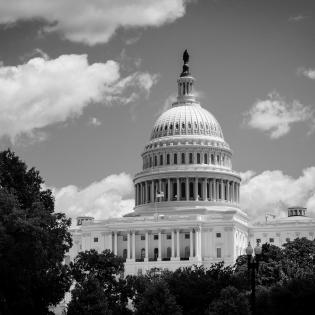We the Kids - The Three Branches and Me
What is a citizen's responsibility to participate in civil society?
Photo Credit: United States Capitol Building, The National Mall, Washington, DC by Jeffrey Zeldman is licensed under CC by 2.0
We investigate the rights and responsibilities that are built into the fabric that formed the United States. We explore the roles of the three branches of government, the importance of having a public voice, the issues in the “Bill of Rights” and the essential qualities of the Core Democratic Values. The unit motivates individuals through cartooning, singing, and dancing.
In a kid-friendly approach, we look at the components of the U.S. Constitution and put early government-forming events in a context. We distinguish the roles of the three branches of government, especially the structure and responsibilities of our judicial system.
After comparing and contrasting entertainment and editorial cartoons, the learner uses cartooning as a means of public voice about political and social issues.
In this lesson, we analyze the Bill of Rights and explore the importance of the issues involved. We participate in a creative performance, singing and dancing to learn and teach the Bill of Rights. The performance may be planned for members of the community (younger children or senior citizens).
Participants analyze the essential qualities of the Core Democratic Values and how these values are evident in relationships and behavior in a classroom/group and in the community/nation.
